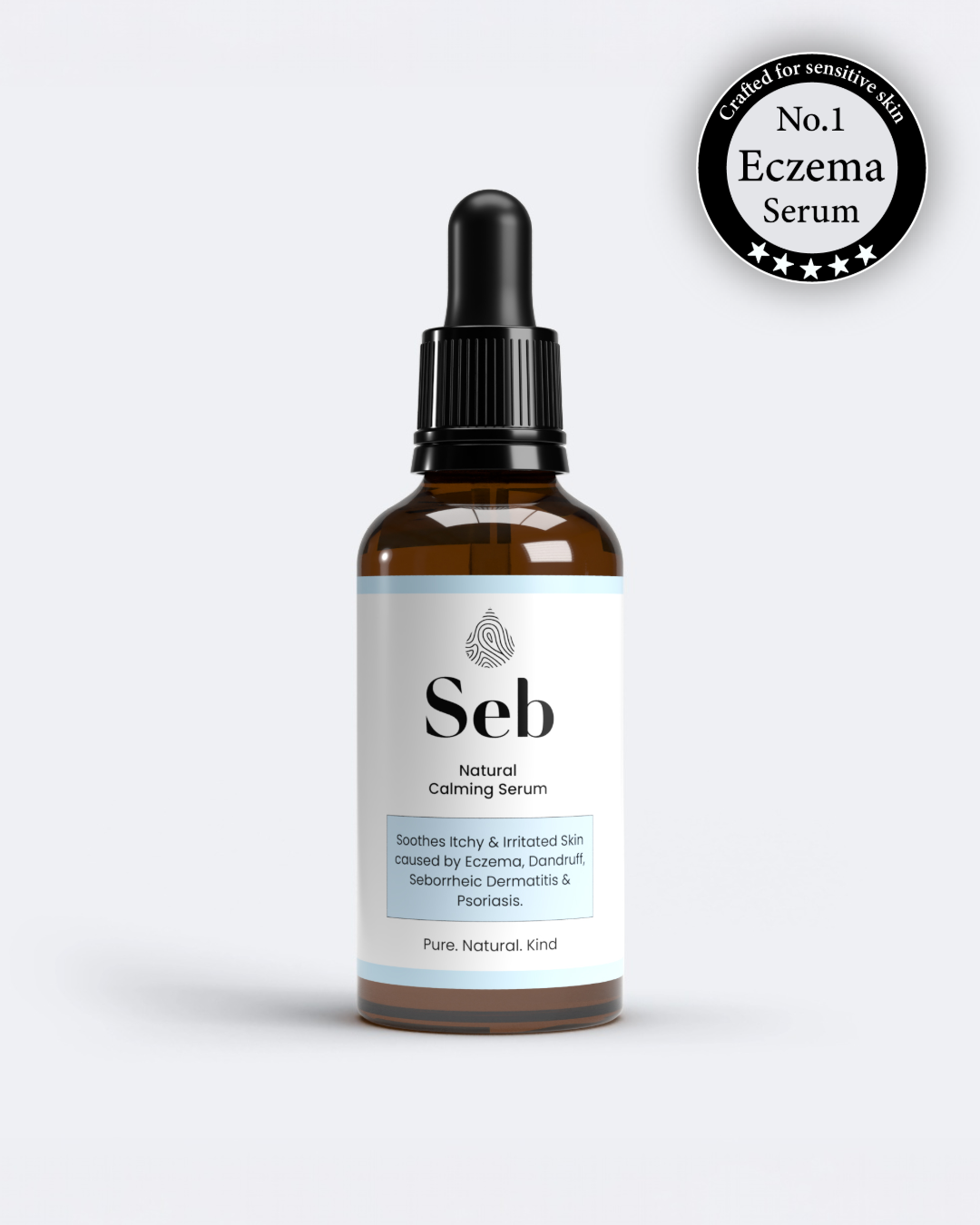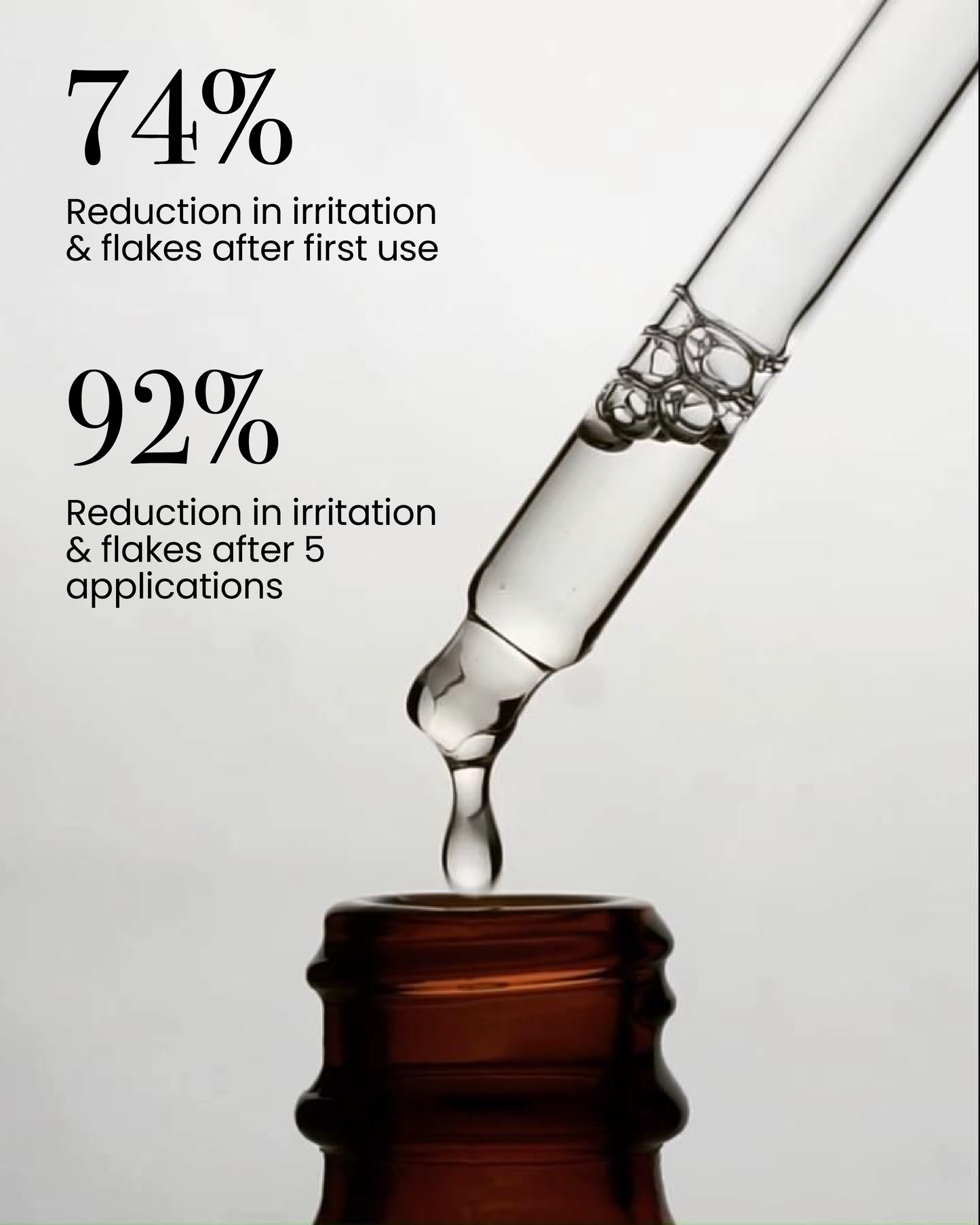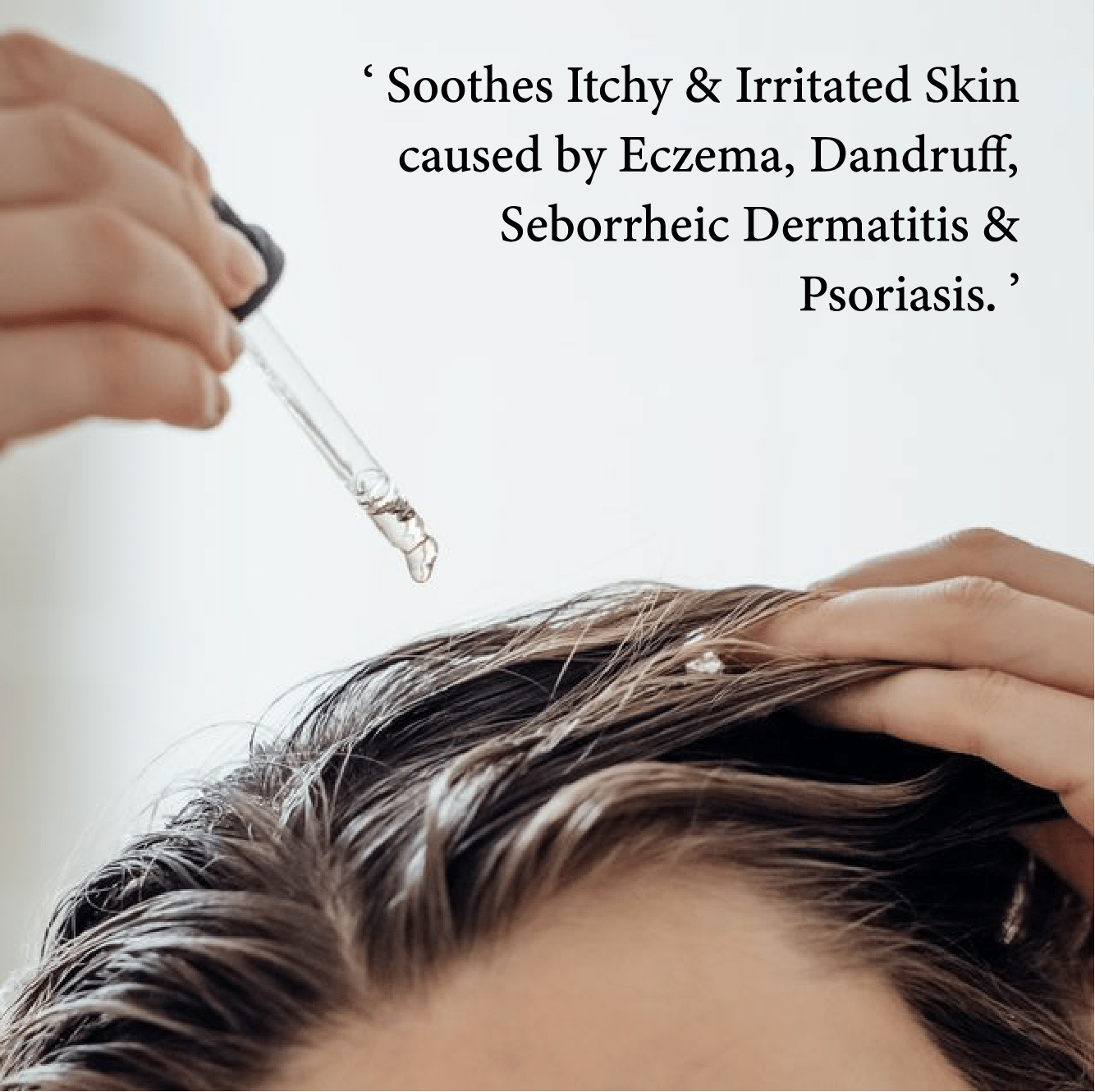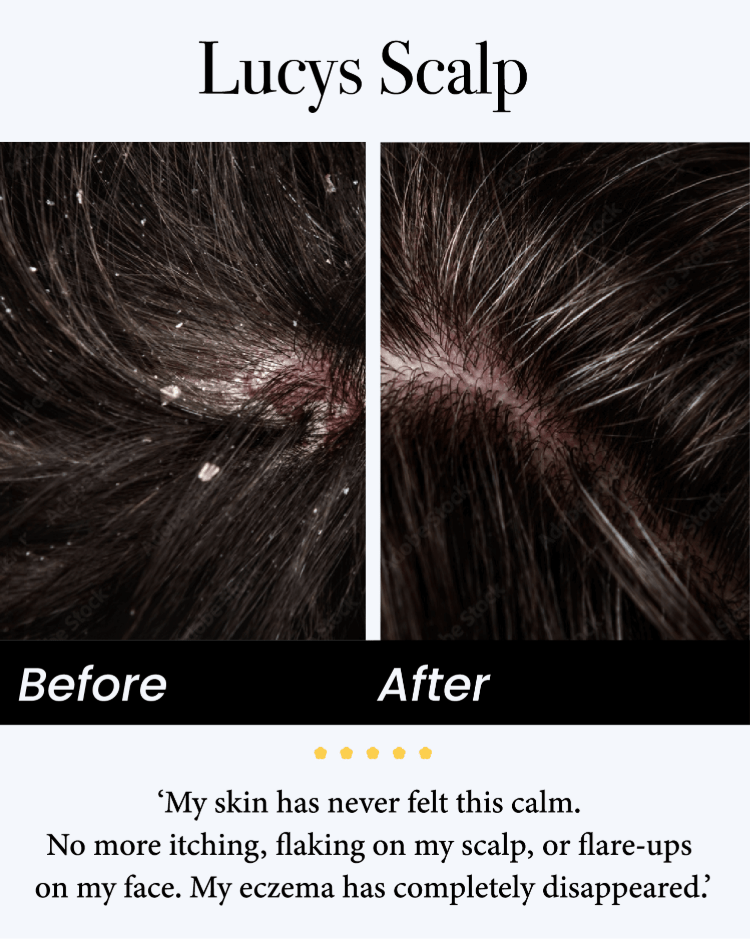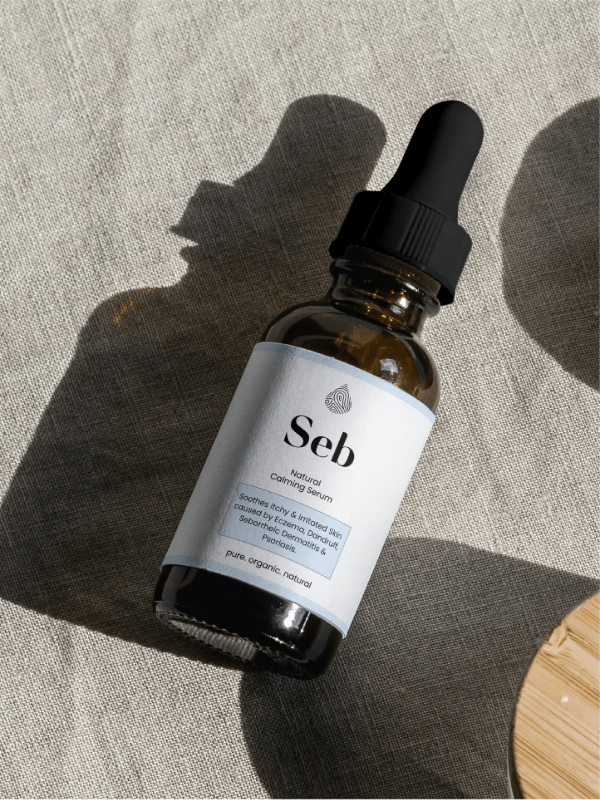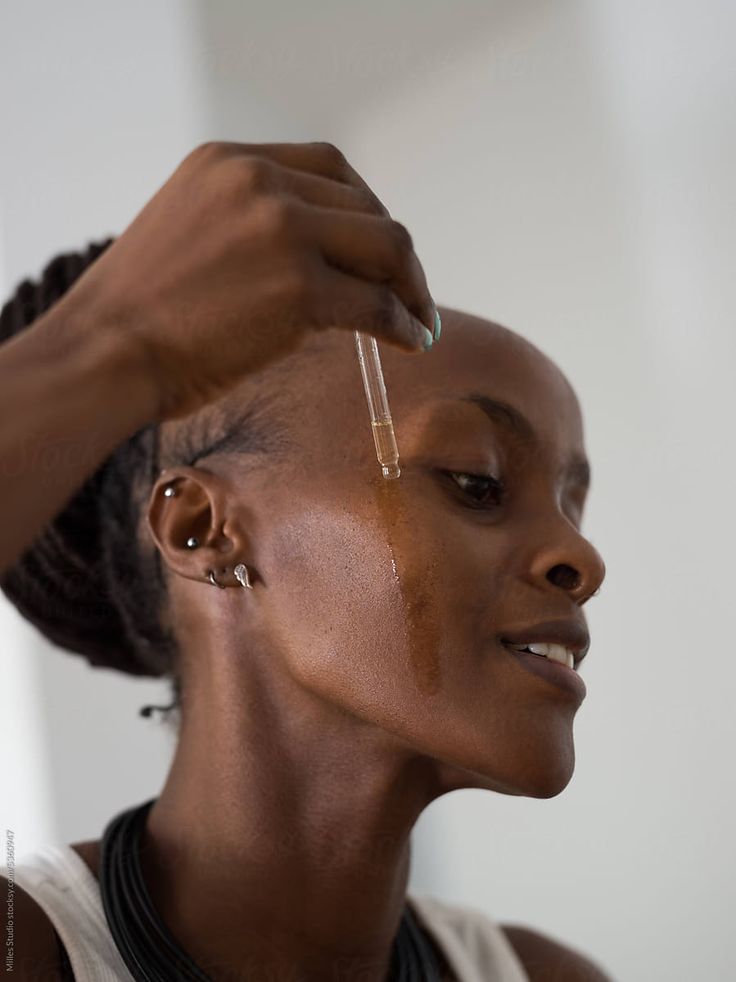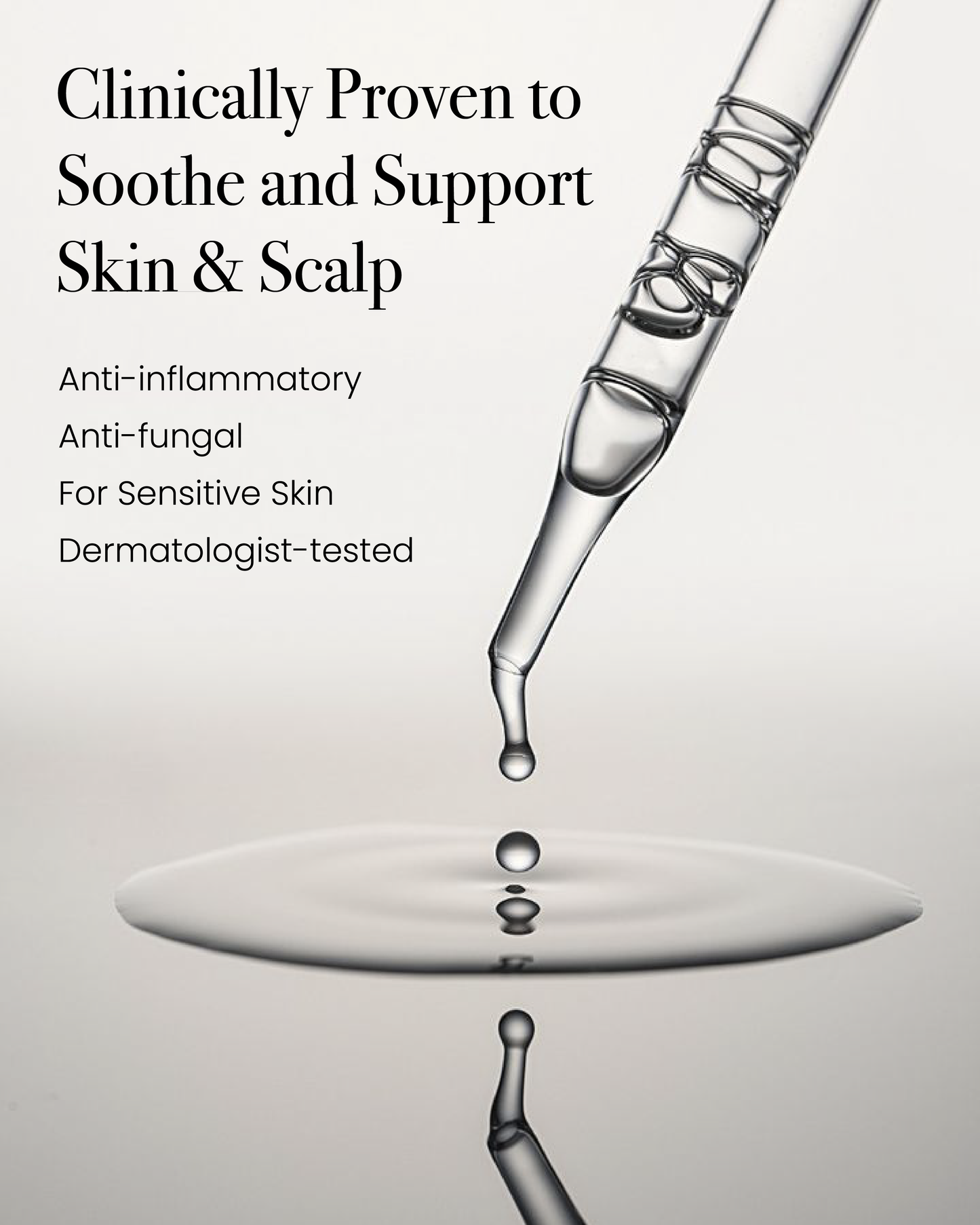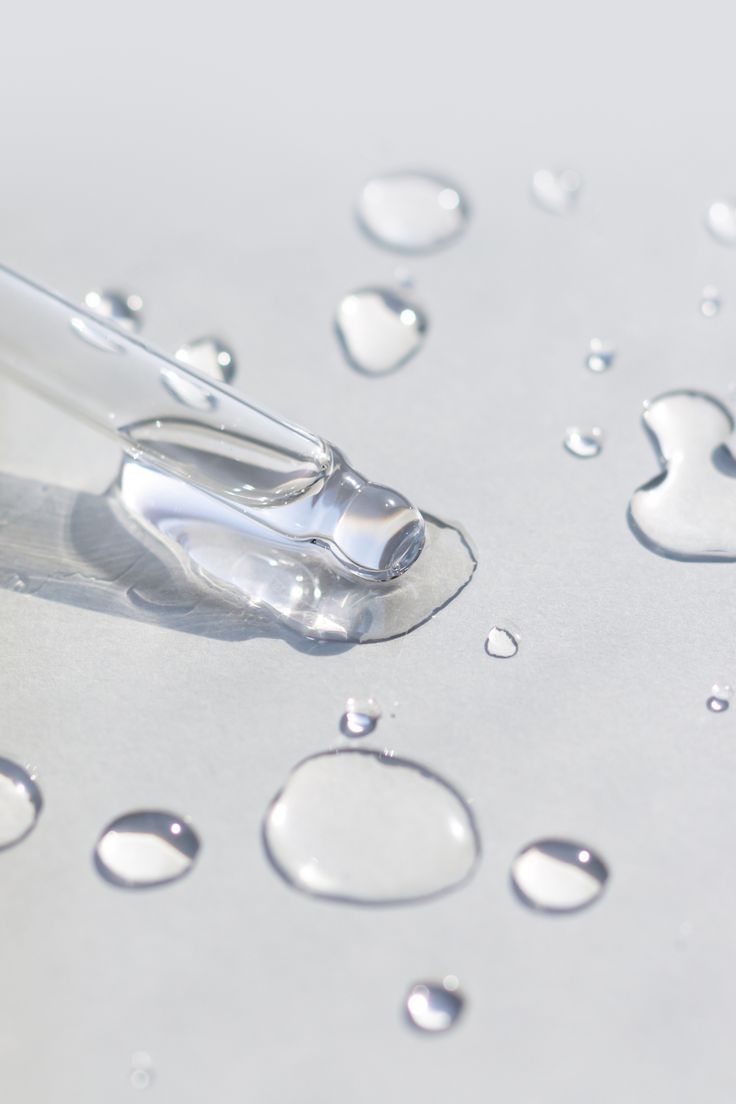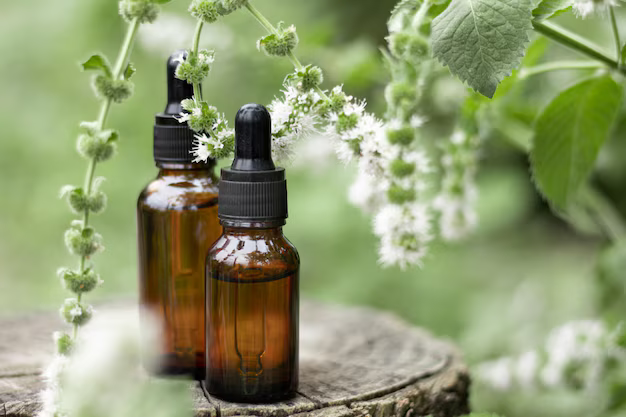
Oils for Seborrheic Dermatitis, Dandruff, & Fungal Acne: What to Use and Avoid
If you're struggling with seborrheic dermatitis, fungal acne, or dandruff, you're not alone. These tricky skin conditions can be tough to manage, especially when it feels like every "natural remedy" either helps or makes things worse.
When it comes to oils, there’s one crucial thing you need to know: Not all oils are safe for Malassezia-prone skin. Some can actually feed the fungus that's driving your symptoms.
Before adding any new oils to your skincare or haircare routine, it's important to understand which ones are safe — and which ones might be secretly making your condition worse.
Table of Contents
What Are Oils and Lipids in Skin and Hair Care?
How Oils Affect Seborrheic Dermatitis, Fungal Acne, and Dandruff
Oils to Avoid If You Have Malassezia-Related Conditions
Best Oils for Seborrheic Dermatitis, Fungal Acne, and Dandruff
MCT Oil vs. Coconut Oil: What's Safer?
Choosing the Right Skincare Products
Essential Oils: Powerful Allies Against Malassezia
What Are Oils and Lipids in Skin and Hair Care?
In skincare and haircare, oils and lipids are used to moisturise, protect, and nourish. You'll see oils like coconut oil, jojoba oil, olive oil, sunflower oil. Essential oils are also common, although technically they aren’t true "oils" — they’re concentrated plant extracts without fatty acids
But if you have seborrheic dermatitis, fungal acne, or dandruff, you need to be cautious. Some oils nourish your skin, while others can nourish the Malassezia fungus that’s causing your issues and make it even more problematic. (like pouring fuel onto a fire!)
How Oils Affect Seborrheic Dermatitis, Fungal Acne, and Dandruff
At the heart of many of these conditions is a yeast called Malassezia. Normally harmless, it can trigger issues when it overgrows, particularly in oily areas like the scalp, face, and chest.
Here’s why oils matter:
Malassezia loves lipids. Especially fatty acids with carbon chain lengths between C11 and C24.
Some oils feed it. If you apply the wrong oils, you might accidentally fuel the fungus and worsen symptoms.
Other oils starve it. Choosing oils that Malassezia can’t digest can help soothe and heal the skin instead.
Oils to Avoid If You Have Malassezia-Related Conditions
Unfortunately, many popular oils are a feast for Malassezia. Here are common oils that tend to make fungal skin conditions worse:
| Lipid | Main Problematic Fatty Acid |
|---|---|
| Jojoba oil | Eicosenoic acid (C20) |
| Argan oil | Oleic acid (C18) |
| Coconut oil | Lauric acid (C12) |
| Avocado oil | Palmitic acid (C16) |
| Olive oil | Oleic acid (C18) |
| Sunflower oil | Oleic and linoleic acid (C18) |
| Castor oil | Ricinoleic acid (C18) |
| Shea butter | Stearic and oleic acid (C18) |
| Cocoa butter | Stearic and oleic acid (C18) |
| Murumuru butter | Lauric acid (C12) |
| Mango seed butter | Stearic and oleic acid (C18) |
| Beeswax | Palmitic acid (C16) and oleic acid (C18) |
The bottom line: oils rich in these fatty acids are best avoided if you want to keep Malassezia under control.
Best Oils for Seborrheic Dermatitis, Fungal Acne, and Dandruff
Luckily, a few oils are considered Malassezia-safe because the fungus can't metabolise them.
1. Medium-Chain Triglycerides (MCT Oil)
MCT oil is a hero for Malassezia-prone skin. Made by fractionating coconut or palm oil, it contains mainly caprylic (C8) and capric (C10) acids — fatty acids that Malassezia can't feed on.
MCT oil is deeply hydrating, lightweight, and may even have antifungal properties. It’s a key ingredient in our Seb Calming Serum because it moisturises without feeding fungal overgrowth.
2. Squalane
Squalane is a saturated hydrocarbon derived from olives or sugarcane. It’s lightweight, non-comedogenic, and has a carbon backbone too long for Malassezia to digest.
It’s brilliant for soothing inflammation, restoring moisture, and supporting sensitive skin — another important component in Seb Calming Serum.
3. Mineral Oil
Although it’s not used in Seb, it’s worth noting that mineral oil is technically safe for Malassezia-prone skin because it contains no fatty acids. However, it can be quite occlusive and heavy.
MCT Oil vs. Coconut Oil: What's Safer?
You might wonder: "If MCT oil comes from coconut oil, can I just use coconut oil?"
Unfortunately, no.
Coconut oil is high in lauric acid (C12) — exactly the type of fatty acid Malassezia thrives on. That’s why coconut oil often worsens seborrheic dermatitis, fungal acne, and dandruff.
MCT oil, on the other hand, is purified to remove most lauric acid and focus on caprylic and capric acids — making it a much safer and smarter choice.
Choosing the Right Skincare Products
When you're managing seborrheic dermatitis, fungal acne, or dandruff, product labels can be confusing. Here are some quick tips:
Stick to Malassezia-safe oils like MCT and Squalane.
Be cautious with "natural" products that include coconut, jojoba, olive, or argan oils.
Look for anti-fungal ingredients like tea tree oil, oregano oil, and rosemary oil — all found in our Seb Calming Serum.
Avoid harsh surfactants like SLS and SLES in shampoos.
Perform a patch test before applying any new product widely.
Essential Oils: Powerful Allies Against Malassezia
Some essential oils don’t just smell amazing — they actively fight fungal overgrowth.
Here are the Malassezia-safe essential oils included in the Seb Calming Serum:
Tea Tree Oil: Natural anti-fungal and anti-inflammatory properties.
Lavender Oil*: Calms irritation and soothes the skin.
Chamomile Oil: Reduces redness, itchiness, and inflammation.
Geranium Oil*: Balances sebum and supports healing.
Rosemary Oil: Anti-fungal and helps break down Malassezia biofilms.
Oregano Oil: Powerful antimicrobial that tackles stubborn fungal issues.
Clove Bud Oil: Helps inhibit fungal growth and reduce itchiness.
Together, these potent oils make the Seb Calming Serum a powerful natural ally against seborrheic dermatitis, fungal acne, dandruff, and related skin woes.
Final Thoughts
When it comes to seborrheic dermatitis, fungal acne, and dandruff, knowledge is your best defence. Understanding which oils are safe — and which aren’t — can make a world of difference in managing symptoms and restoring your skin’s natural balance.
Our Seb Calming Serum combines only Malassezia-safe ingredients that hydrate, soothe, and protect without feeding fungal overgrowth. It's the natural, effective support your skin deserves.


